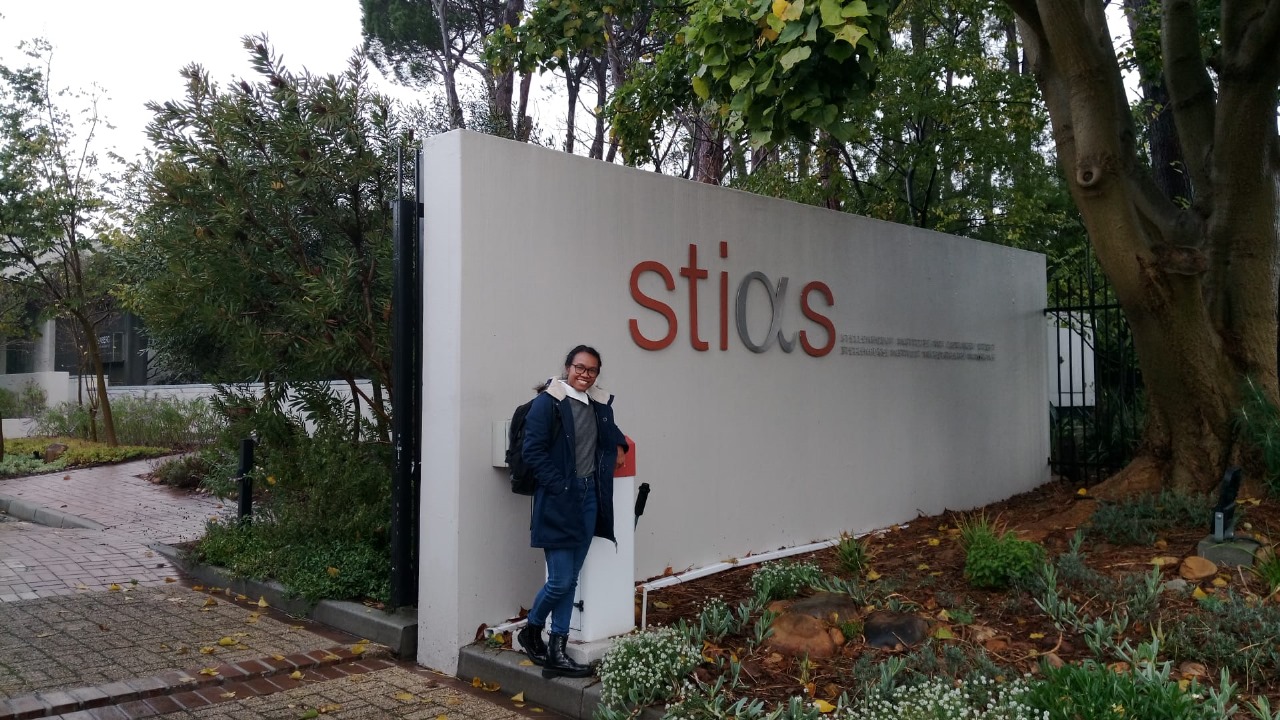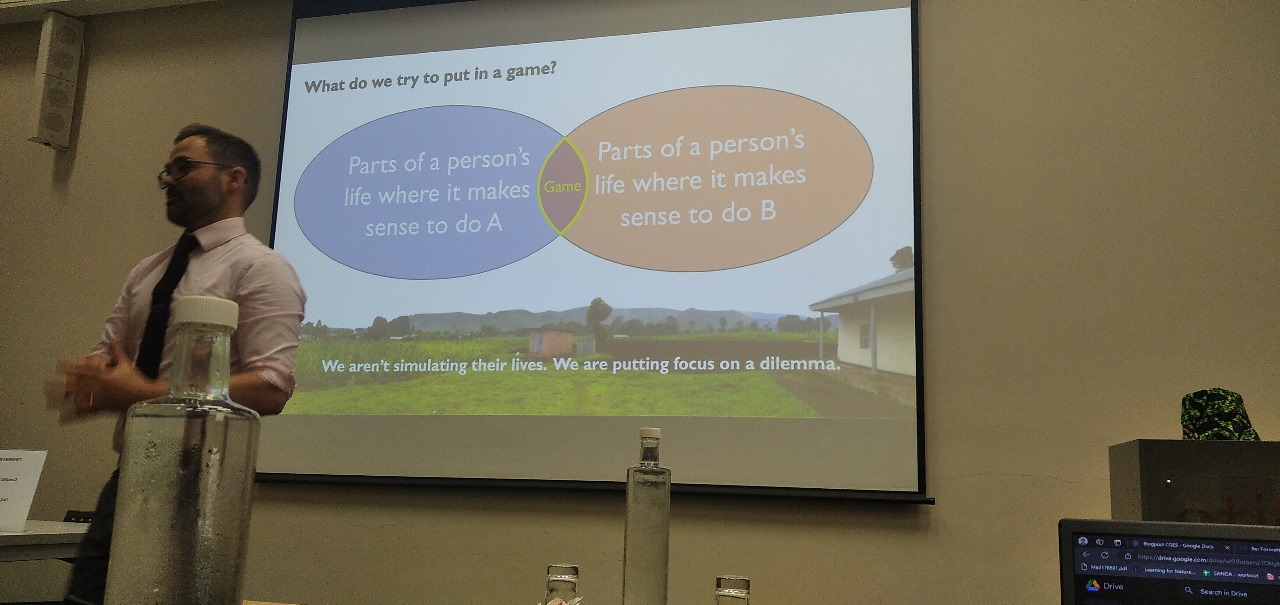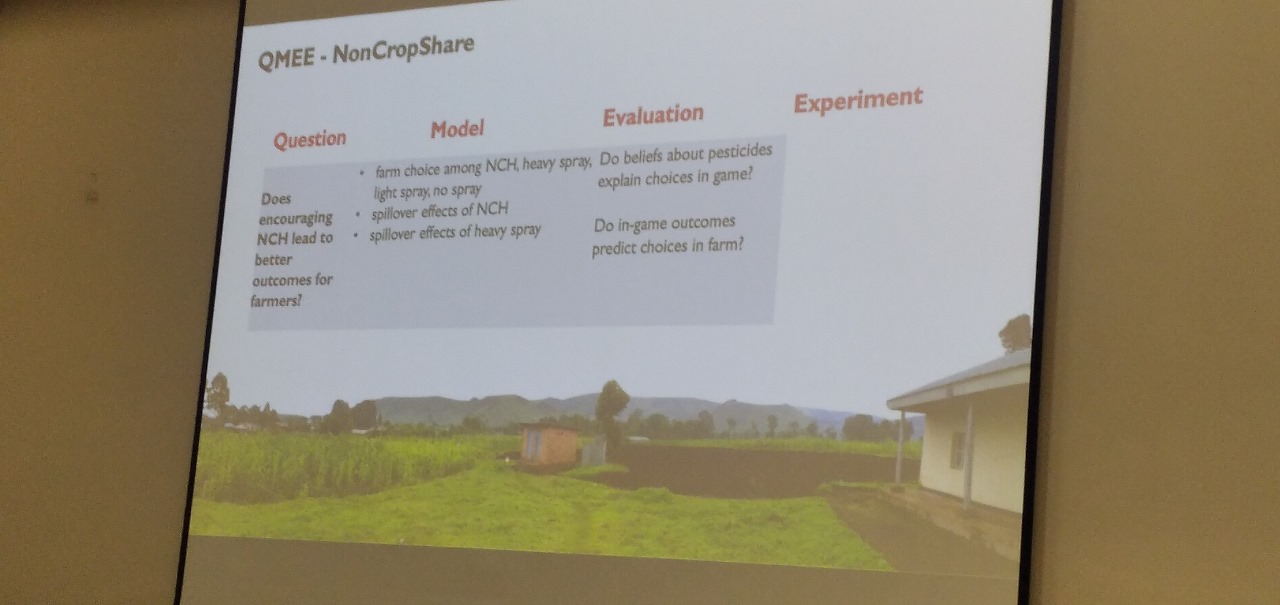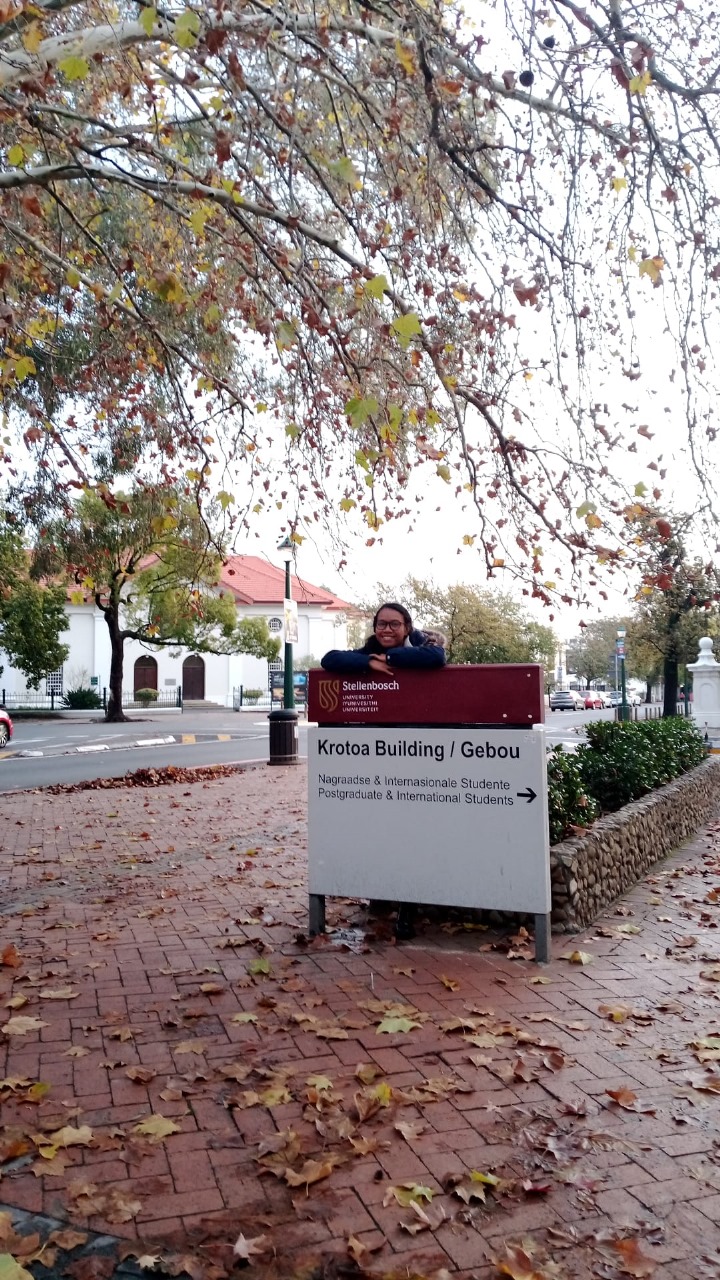By Sanda Anjara RAKOTOMALALA
At 7 pm, while I was stuck in a noisy queue for the bus home after a long meeting with a potential funder, my phone rang. It was Sarobidy Rakotonarivo, asking if I was free the week of June 3rd. « Well yes, why? » I replied, unaware that it was about to be one of these confirming circumstances in my journey.

A few weeks later, from June 4th to 7th, Ravaka RALANDISOA and I found ourselves in one of the Stellenbosch Institute for Advanced Study’s auditoriums, attending the « Building Dynamic Human-Environment Games » workshop hosted by Dr. Andrew Bell and supported by Dr. Cang Hui. This workshop focused on creating games for research purposes to simulate human-environmental dilemmas using NetLogo, a programming language and integrated development environment for agent-based modeling.
Despite the fast pace and the newness of the domain for me, Dr. Bell’s charisma and teaching prowess made complex concepts accessible and highly engaging. The games are designed to give an insight into respondents’ behaviors when faced with specific dilemmas, offering a controlled environment akin to a lab rather than attempting to simulate entire lives—an impossible task.They also offer a low-cost tool to predict the impacts of interventions on people’s decisions, especially interventions that have no analogue in real-life or would be too risky to implement in a field trial.


Having seen firsthand the boredom and discomfort my respondents experienced during lengthy and complex questionnaires and interviews in my past research, discovering these games was a revelation. They offered an innovative and enjoyable alternative.
With my old and rusty basic C++ skills from high school nearly 15 years ago, I found NetLogo’s environment and syntax far easier, more flexible, and more fun to use. The shared materials during the workshop and the library even offer ready-to-use model samples with associated codes for exploration.
Looking ahead, I see great interest in developing and using these games to better understand the restoration demands of multiple stakeholders in Madagascar’s tree-based ecosystems. There is still work to be done upstream to identify and describe the dilemmas in order to design the game.
Stellenbosch University’s campus, seamlessly blending with the picturesque town, was awe-inspiring. The workshop was enriching, not only in terms of learning but also through insightful interactions with other participants. Being immersed for the first time in a foreign university’s study environment made me realize how much I missed studying and reaffirmed my desire to pursue further quality higher education like what I witnessed here.

